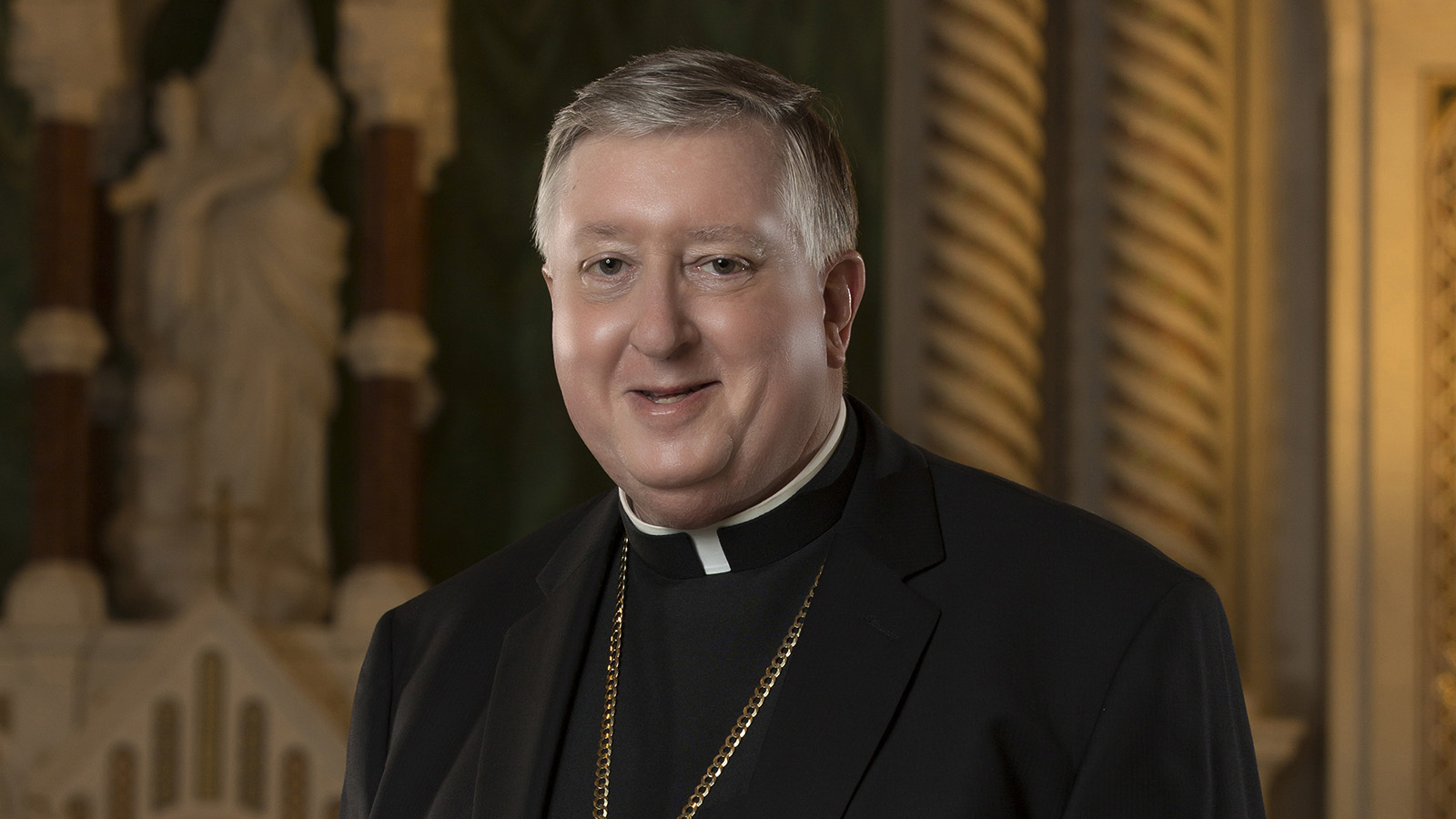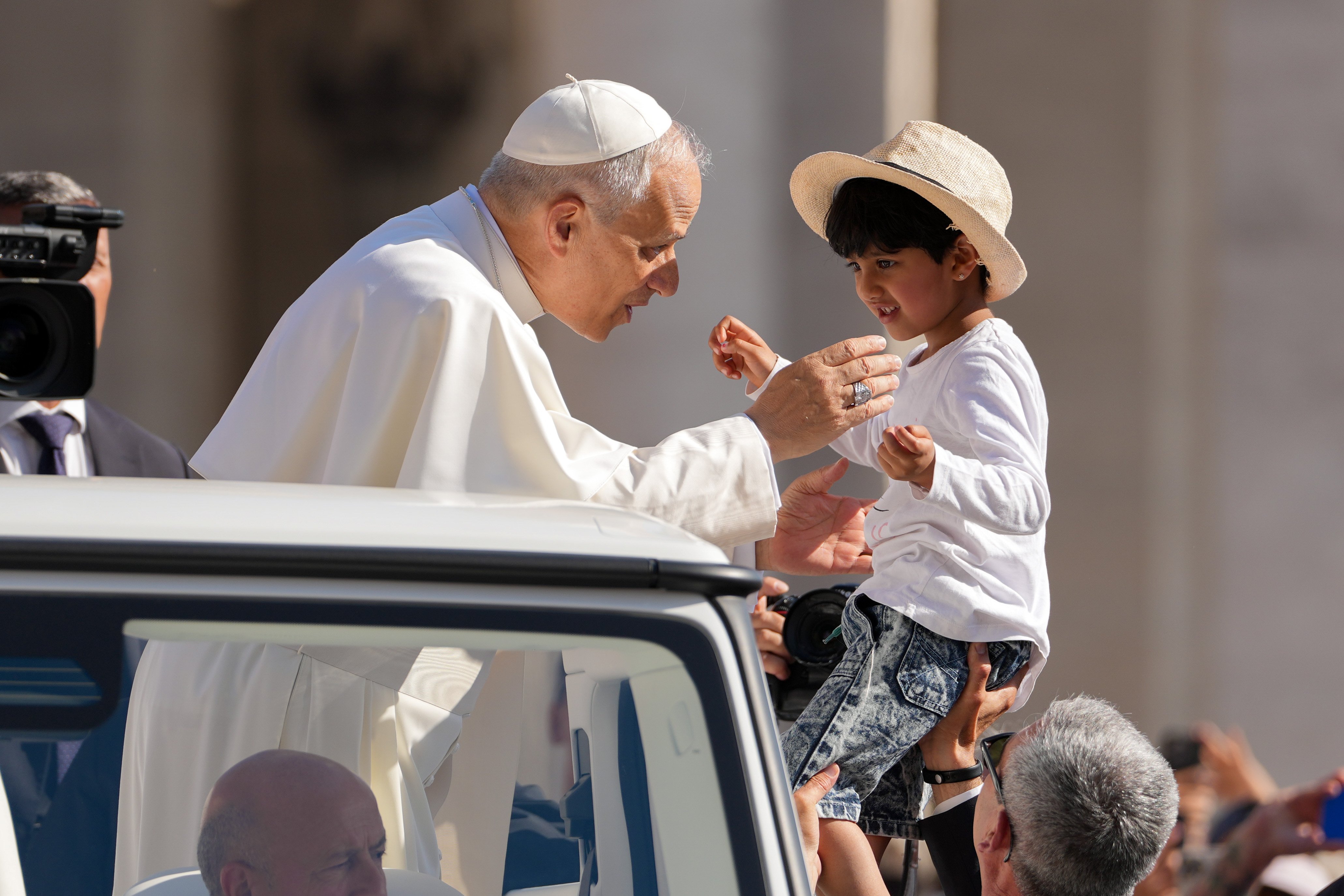DEAR FATHER | Bells at Mass bring joyful noise to the Lord, focus attention on altar
When did bells start being used at Mass? What is the proper way of using bells at the consecration and other parts of the Mass?

We can trace the use of bells in the liturgy back to the liturgy of the Old Testament. In the Book of Exodus, the vestments of the high priest are described in detail. Among the ornamentation on the vestments are alternating pomegranates and bells (Exodus 28:33-35).
God instructed the bells to be sewn on the vestments for two reasons.
1) They were part of the joyful noise made to the Lord, as referenced in Psalm 98:4.
2) Bells were believed to contain the power to ward off evil spirits. This was especially important for the high priest; as he entered the Holy of Holies, nothing evil would cling to him, lest he die.
Bells began to be used in the Catholic Church in the fifth century; St. Paulinus, Bishop of Nola in Italy, used them to summon the monks to worship. In the seventh century, Pope Sabinianus extended this idea to parishes to use bells to call the faithful to Mass.
While bells were used to summon people to liturgy for centuries, it wasn’t until the 13th century that these church bells were used for the liturgy. They were first used at the consecration to bring a joyful noise to the Lord as the miracle on the altar took place, to give notice to those not attending Mass (the sick and those guarding the town) that the consecration was taking place, and to focus those attending the Mass on the altar. Over time, beginning in Spain, hand-held bells became the preferred bell to be rung at Mass, largely due to convenience.
The Council of Trent in the 16th century mandated for the first time that bells be used in the celebration of the liturgy. The rubrics for the Mass mandated the bells be rung at least three times in the liturgy. They were to be rung at the epiclesis, when the priest called down the power of the Holy Spirit on the gifts of bread and wine, when the priest first elevated the Body of Christ, and again when he elevated the Blood of Christ. Optionally, the bells were rung as the priest consumed the Blood of Christ. The bells were rung in three short bursts for the three Persons of the Blessed Trinity or one ringing was considered sufficient.
With the Novus Ordo Mass of Blessed Paul VI, the ringing of the bells became optional. The General Instruction of the Roman Missal envisions the three times the bells were mandated to be rung in the Tridentine Liturgy as appropriate in the Novus Ordo. The rubrics of the Novus Ordo are silent on the ringing as the priest consumes the Precious Blood, as well as how the bells are to be rung.
Generally, whether a parish today chooses to use bells or not is based on the tradition of the parish, the discretion of the parish priests and the input of the liturgy committee of a parish.
This column appeared in a previous issue of the Review.
Fr. Mayo is pastor of St. Raphael the Archangel Parish in St. Louis.



